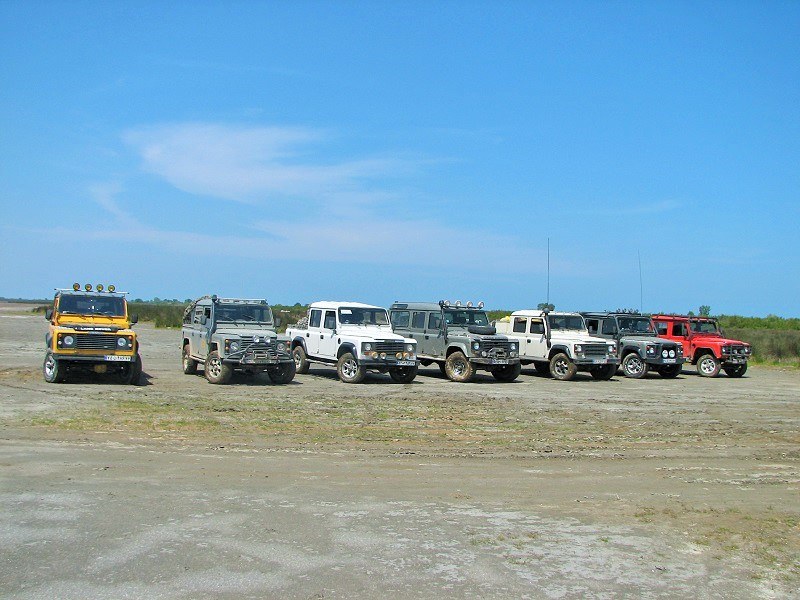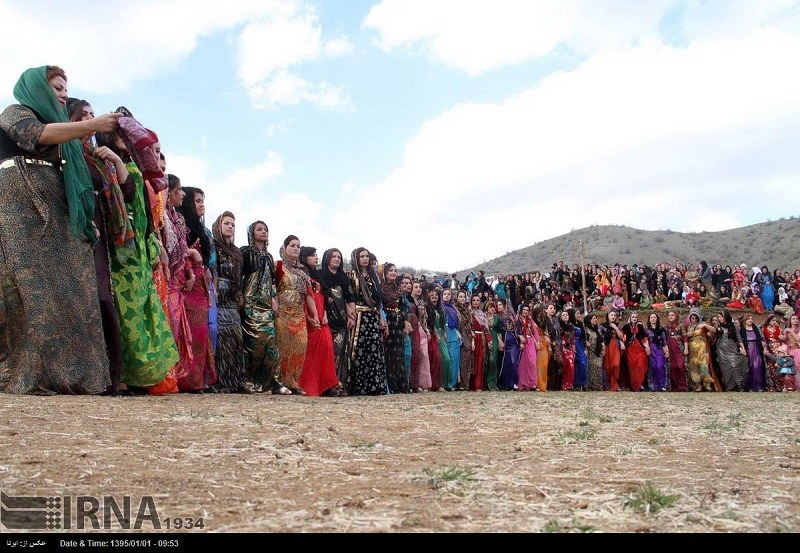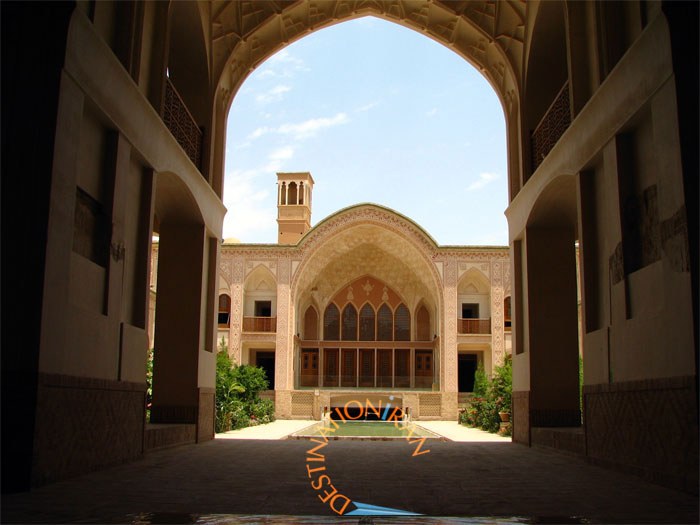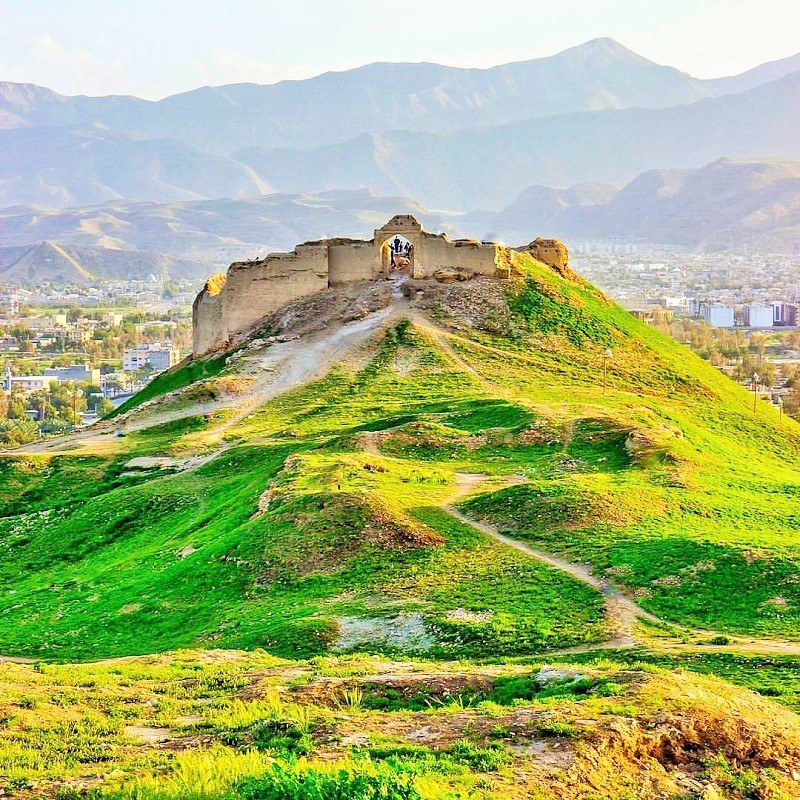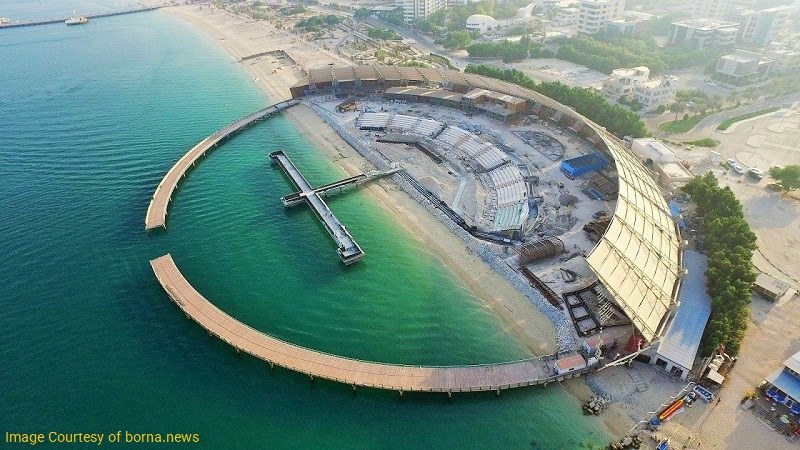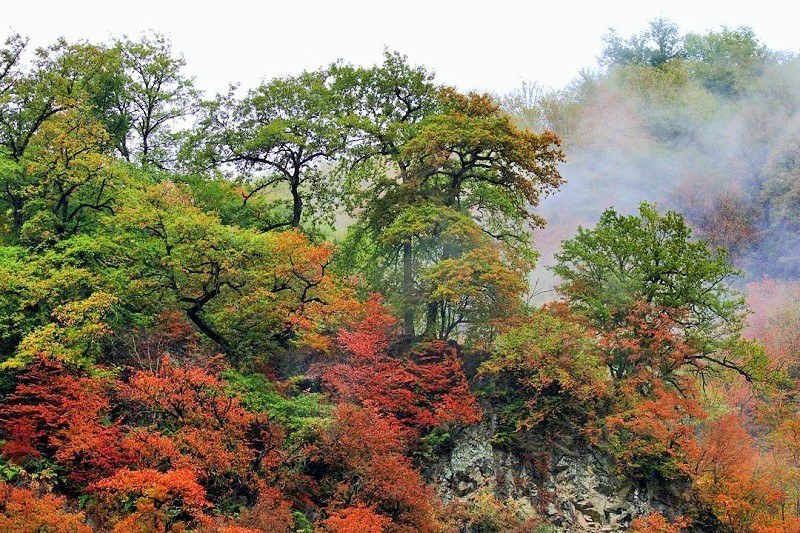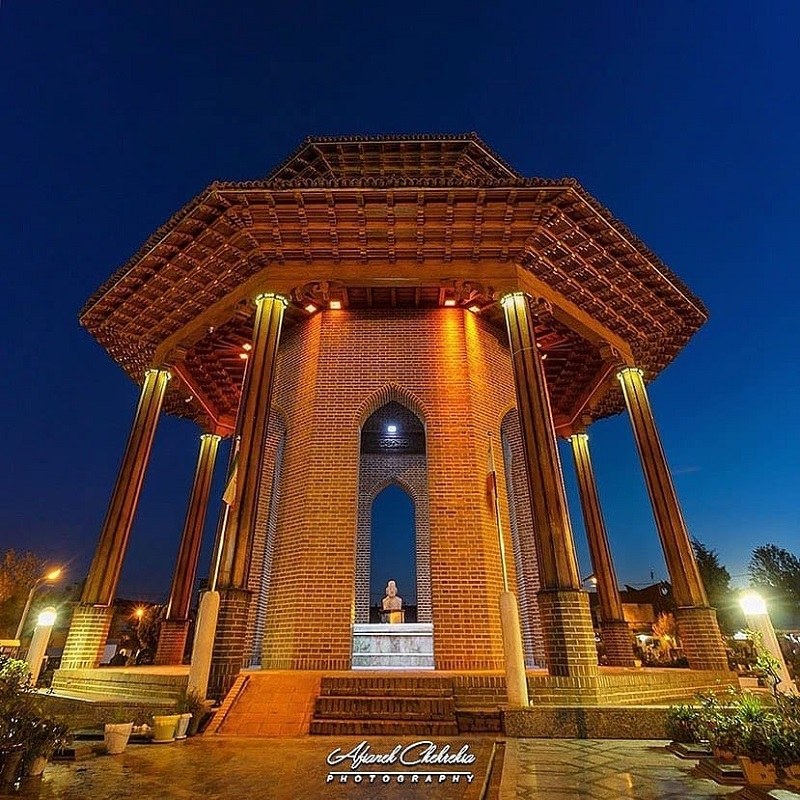
Rasht is a major tourist attraction that is a favorite place for many Iranians. It is also well known as the city of silver rains. The historical attractions of Rasht, such as the tomb of Mirza Kuchak Khan and the Shahrdari Square, are spectacular. In 2015, the city joined the UNESCO Creative Cities Network as a creative city of gastronomy. Also, the city has got several natural attractions worth visiting.
We can find many varieties of foods and crafts in Rasht. Based on UNESCO’s standards, a city is creative when it uses the innovations and capabilities of the citizens in sustainable urban development. This Iranian city together with a few dozen other cities in the world has been inscribed on the creative list by UNESCO for its gastronomy.
Many travel to Rasht to visit its tourist attractions like Shahrdari Square Complex, Rasht Grand Bazaar (Pileh Meydan), Sabzeh Meydan, Sardar-e Jangal House, Saint Mesrop Armenian Church, Museum of Rural Heritage of Gilan, Mohtasham Garden, Eynak Wetland, Sakalaksar Lake, Saravan Forest Park and so on. Read on to find out more!
Geography of Rasht
This city is one of the large metropolitan cities of Iran. It is the capital of Gilan Province in northern Iran and the center of Rasht County. In addition, it is the largest and most populous city in northern Iran among the three provinces of the Caspian Sea. It is also the largest and most populous city of Iran that inhabitants are mainly Gilak people. The city is the largest settlement of the southern shores of the Caspian Sea. Rasht is the third most visited city by Iranians.
The climate of this city is the temperate and humid climate of the Caspian Sea, like the Mediterranean climate. Summer is warm and sultry while winter is cold and wet. Furthermore, Rasht City has the first-rate of rainfall among the center of the different provinces of Iran and thus has got the reputation of the City of Rain.
The average annual temperature in Rasht is 28ᵒC and the average annual rainfall is 1,356 millimeters.
There are several ways to reach Rasht:
- By airplane
The International Airport of Rasht, called Sardar Jangal Airport and established in 1968, is the only airport in Gilan Province as of today, March of 2020. This airport has several flights in a week to various cities including Tehran. Unfortunately, the foreign and international flights of Rasht Airport is not active at the moment. A trip by airplane from Tehran to Rasht takes around an hour.
- By train
The journey between Tehran and Rasht takes around 5 hours and 15 minutes by railroad. The train goes by Qazvin and snakes through the Alborz Mountains where passengers can see beautiful plains and mountains.
- By car
Here are the main routes:
- Qazvin-Rasht Road: the road takes you to Rudbar, Manjil, and Rasht. It is 325 km from Rasht to Tehran.
- Highway No.1: it starts from Tehran and ends to the Persian Gulf Highway along the path of Imamzadeh Hashem to Rasht.
- Route No. 22: it is on the route of Khalkhal to Sarakhs.
Side Roads:
- Rasht-Lakan Road
- Rasht-Sangar Road
- Rasht-Pirbazar-Ziabar Road
- Rasht-Jirdeh Road
- By bus
Rasht is easily accessible from Tehran and its surrounding cities by bus. Once you arrive in Rasht, the bus stops at Gil Rasht Terminal. The bus journey from Tehran to Rasht takes 4-5 hours.
Population and Economy of the City
Based on the 2016 census in Iran, the population of Rasht was 679,995 people. It is the closest large city to Bandar-e Anzali (the largest port of northern Iran) and Astara border town. This is a very convenient discharge route for goods transportation to the northeast and northwest of Iran. In addition, the location of Rasht along the north-south corridor path, as well as its extensive tourism capacity, provide excellent business opportunities for the city.
This has made Rasht a commercial city throughout history. The economy of the city is based on agriculture, livestock, fishing, beekeeping, and sericulture. The most important agricultural products are rice and tea. Olive is also another commonly cultivated product of Rasht. Furthermore, wheat, barley, peanut, tobacco, and hazelnuts are the agricultural products in Rasht, still cultivated massively in different parts of the province.
History of the City
The early establishment of Rasht most likely dates back to the pre-Islamic era in the Sassanid period. After the advent of Islam in Iran and in the post-Islam era, life still continued in the city. In the Safavid era, in 1536, the Safavids seized Rasht. In 1661, the Russian forces attacked Gilan under the order of Peter the Great. They kept the city occupied until 1732.
As of 1596, the Shah of Safavid dynasty commanded to make Rasht the center of Gilan Province as well as the center of the silk trade, the first product of Gilan at that time. This attracted the attention of important property owners and merchants of Iran, Russia, Greece, and Armenia, who were the sericulture business owners of this city. That was how Rasht significantly developed.
Also, Rasht has had a key role in the crucial times of Iran’s history, such as the Constitutional Revolution, the Jangal Movement of Gilan and the 1979 Revolution in Iran. Since a long time ago, this city has been the gateway to the modern civilization of Europe due to the culture of its local people and its location on the Silk Road. This city has a brilliant background in the field of foreign exchanges.
Historical Attractions of Rasht
Here is the list of interesting places to visit inside the city:
Shahrdari Square Complex
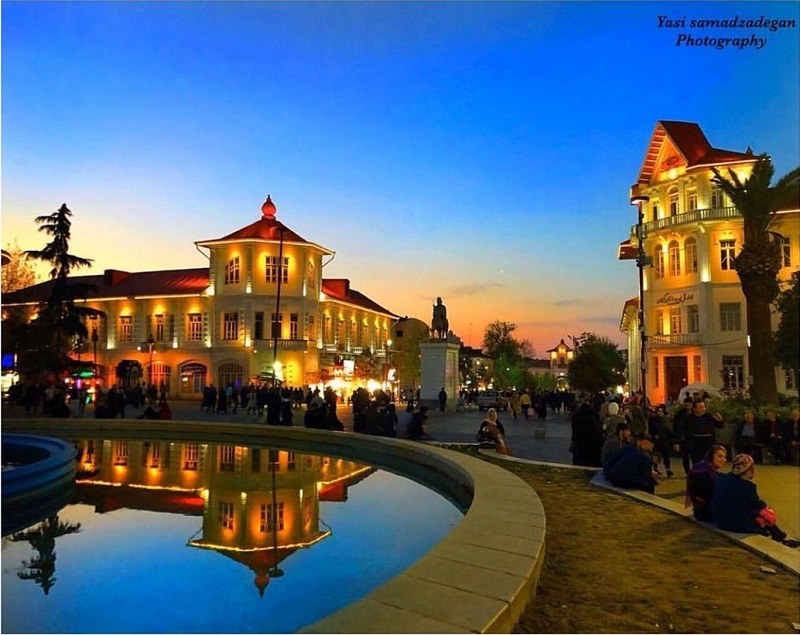
The complex includes the old buildings of the old post office and municipality, located next to the square, and the old building of the governorate, located at the beginning of Sa’adi Street. The complex dates back to the Pahlavi era.
Rasht Grand Bazaar (Pileh Meydan)
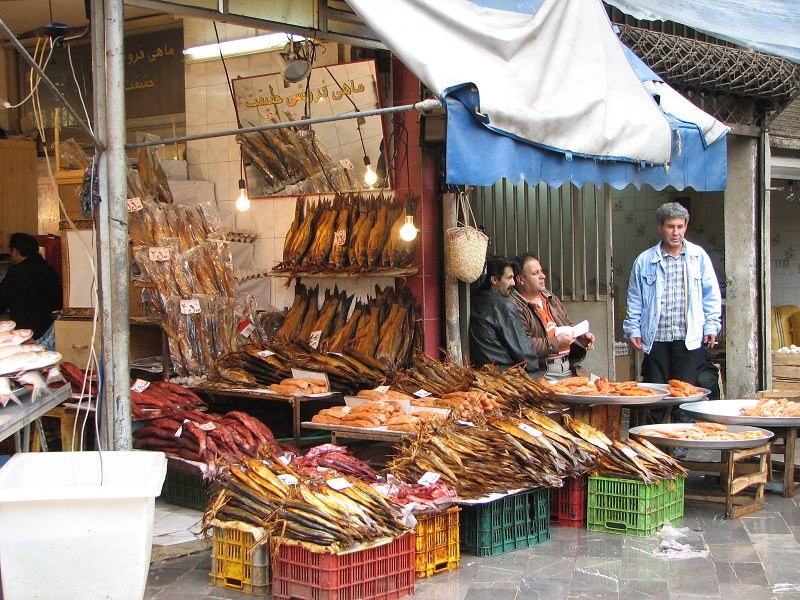 This bazaar is the largest open-roof bazaar in Iran. It also has a variety of stores, vaults, and caravansaries, which have changed their function over time and made part of the entire bazaar. Fish Market is one of the attractions of this bazaar.
This bazaar is the largest open-roof bazaar in Iran. It also has a variety of stores, vaults, and caravansaries, which have changed their function over time and made part of the entire bazaar. Fish Market is one of the attractions of this bazaar.
Sabzeh Meydan
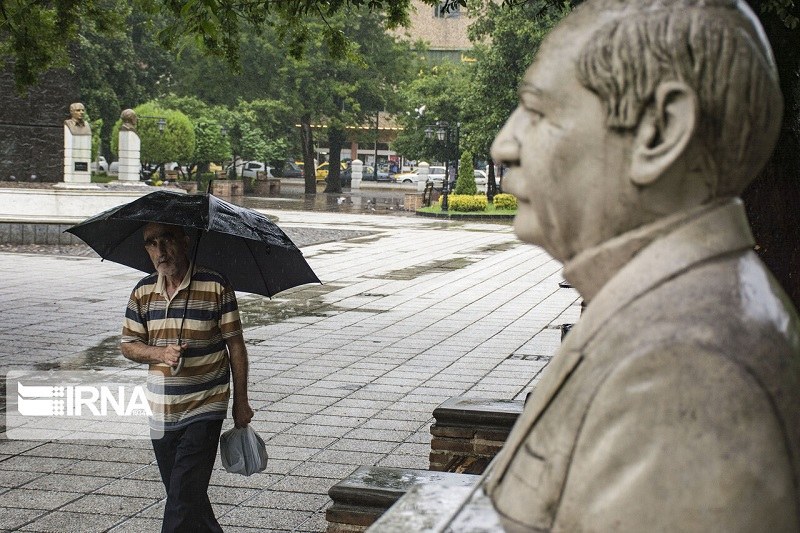
This is a public park in Rasht. However, the history of the park is as old as the political history of Rasht. In the late Qajar and Pahlavi periods, the people held their political meetings in this park. Currently, there are statues of the famous men of Rasht and Gilan Province in this park.
Rasht Museum (Sardar-e Jangal House)
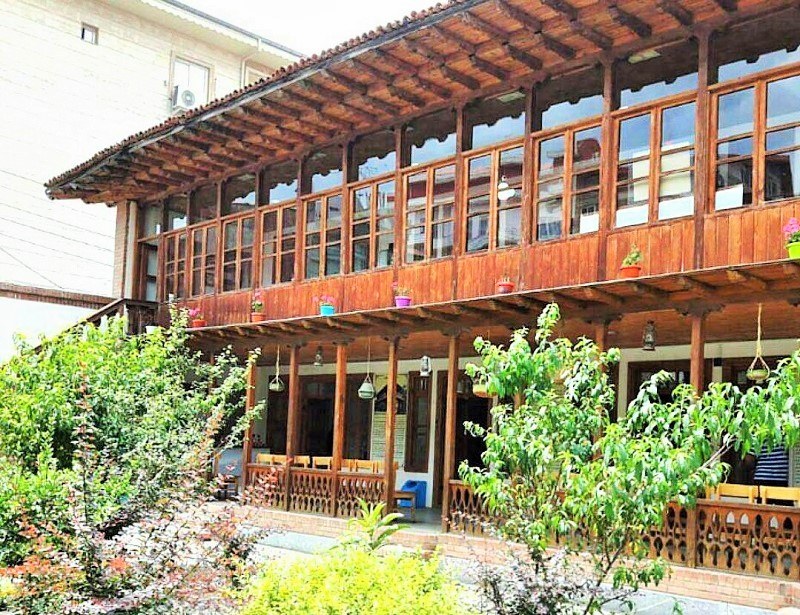
This building was the house of Mirza Kuchak Khan Jangali, a Gilani Nationalist. It is 300 m2 built in the style of traditional houses of Gilan.
Saint Mesrop Armenian Church
This church is a building related to the Pahlavi era and is located in Sa’adi Street. The building is located next to the Ahour Danayan School.
Safi Mosque
Sefid Mosque, Safi Mosque or Shahidieh Mosque is one of the oldest mosques of the city, located in a neighborhood with the same name. The history of the mosque is not exactly clear, but based on a narrative it dates back to 1917.
Imam Sister Shrine
This tomb is attributed to the sister of one of the Shiite Imams. The construction of the tomb dates back to 1865. During the Qajar period, and during the Constitutional Revolution, the shrine was a place for people’s strikes and demonstrations.
Historical Attractions outside Rasht
Here is the list of interesting places to visit outside the city:
Museum of Rural Heritage of Gilan
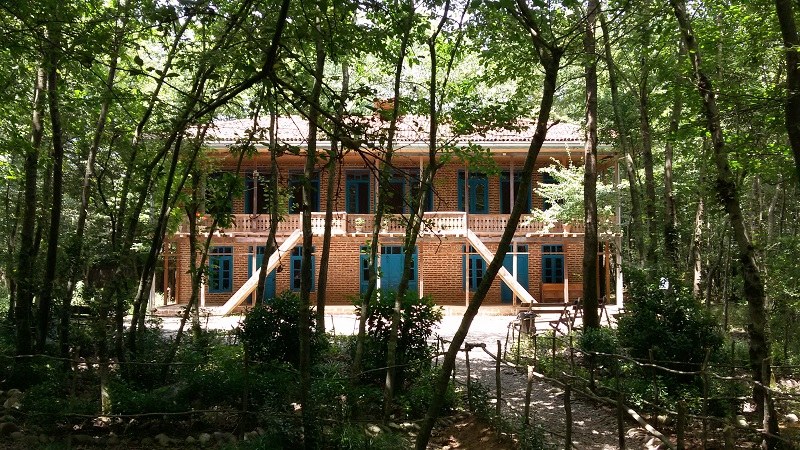
The museum is located in Gilan Province, 18 kilometers in the south of the city on the Rasht-Qazvin highway. The museum exhibits a complete collection of handicrafts and the architectural style of local houses in different parts of Gilan Province. The museum has an area of 45 hectares.
Natural Attractions within Rasht
Here is the list of beautiful places inside the city:
Mohtasham Garden (City Park)
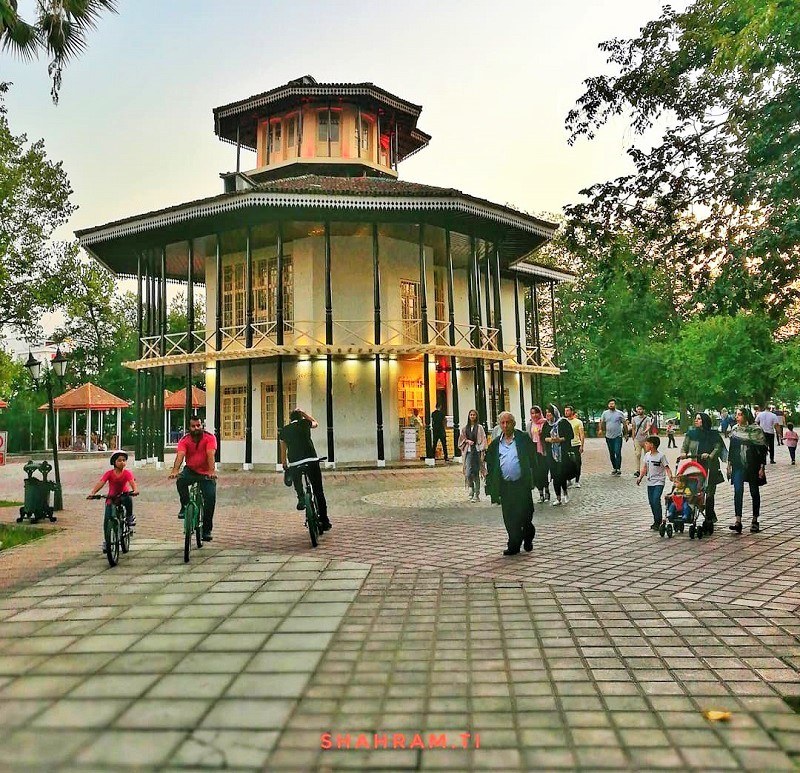
It is the oldest park in Rasht, dating back to the reign of Nasir al-Din Shah, the king of Qajar. It consists of two parts of mechanized and natural gardens.
Eynak Wetland
This lagoon is located at Eftekhari Street, next to Daneshjoo Park. It is the second-largest wetland in Gilan Province in terms of area. The name means glasses in Persian and as it looks like the glasses in aerial photos, it is called Eynak Wetland.
Natural Attractions outside Rasht
Here is the list of beautiful places in nature outside the city:
Sakalaksar Lake, Sakalaksar Village
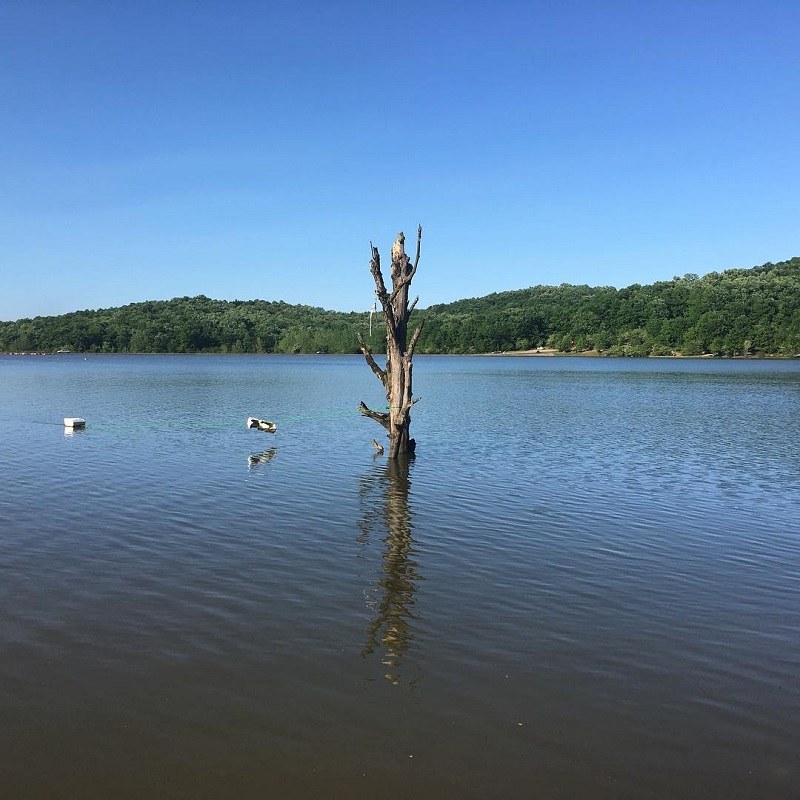
The district is located 15 kilometers south of the city. The precipitation and the springs supply the lake water. The lake height is 64 meters above sea level, its length is about 600 meters and its width is 500 meters. Sakalaksar in the Gilaki language means a place where birds drink the water.
Saravan Forest Park
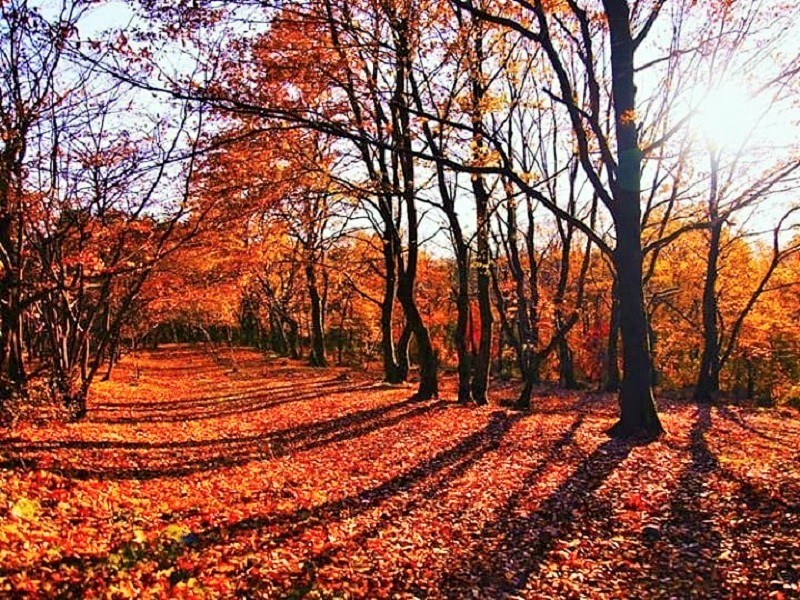
In a distance of 17 km south of the city, there is one of the oldest forests of Gilan called Saravan. The diversity of its plant species has made this forest a unique one in the world.






